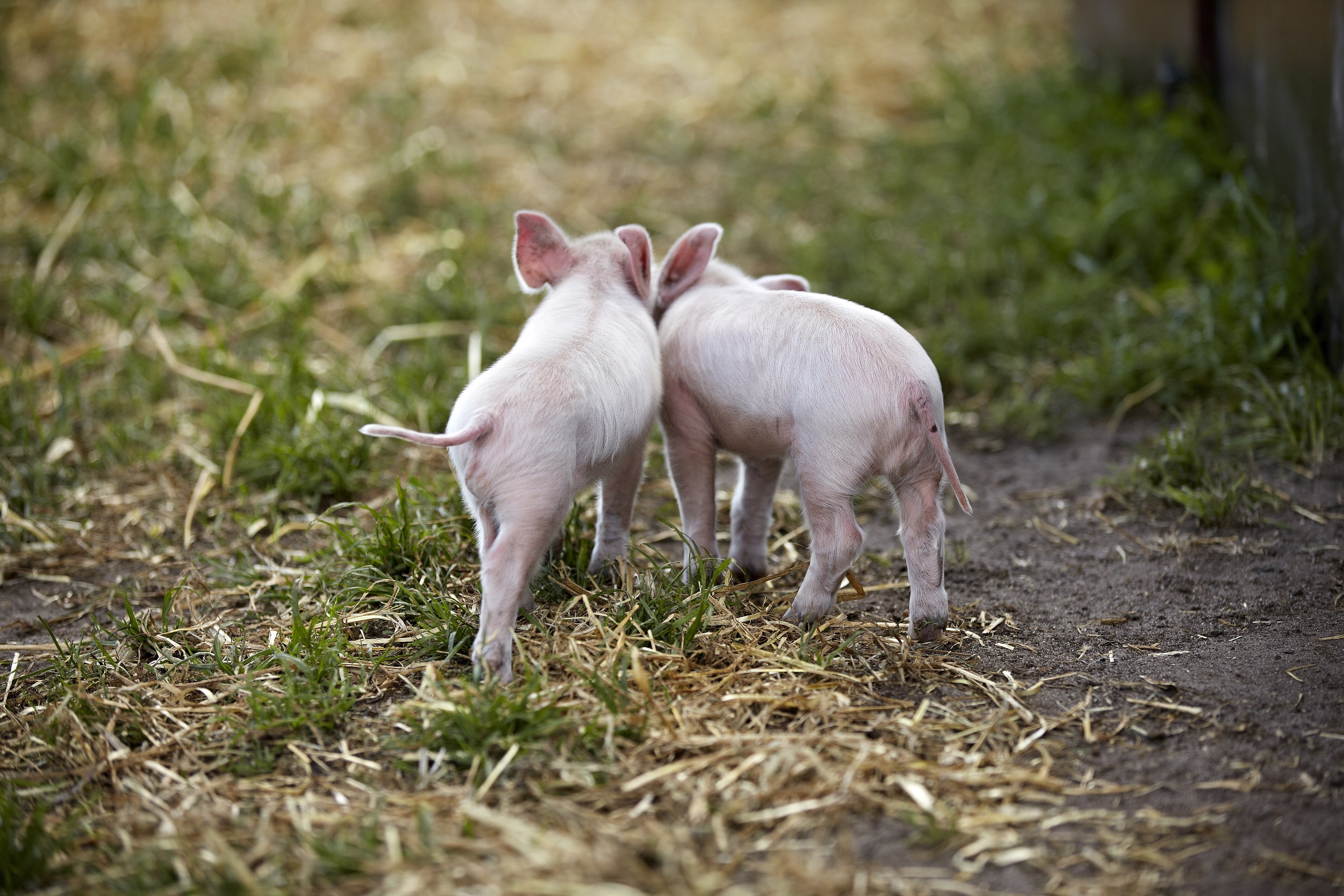

The history of governmental support to organic farming in Denmark starts in 1987, when the Danish Parliament adopted the Organic Farming Act, which laid down the basic structure of Danish organic farming policy, which still remains today. Permanent subsidies for organic farming were introduced in 1994. Early Organic Action Plans (OAPs) were established from 1995 to 1999.
The current OAP ‘Working together for more organics’ covers the period 2011 to 2020. It was revised and expanded in 2015, following a change of Government. The plan aims at doubling the land area of organic production by 2020 (against a baseline of 2007), and earmarks specific budgets over the period 2015 to 2018 to a set of different action-points. This plan was initiated by the Ministry for Agriculture and developed with the assistance of an external consultant.
The Danish Organic Action Plan was developed through the involvement of a broad spectrum of stakeholders in charge of defining the action points of the plan through several cycles of interviews, questionnaires and workshops. Since the 80s Denmark has been a forerunner in governmental support to sustainable agriculture, but the country is also a worldwide pioneer when it comes to designing policies according to inclusive and participatory approaches.
- Whereas in the past the focus of policy support for organic farming was often production-oriented, the current Danish OAP considers market development (including support for certain marketing channels), promotion and awareness, as well as public procurement, as priorities.
- The OAP is a mix of push and pull actions. Push effects are meant to increase production, while pull measures aim at increasing the demand for organic products.